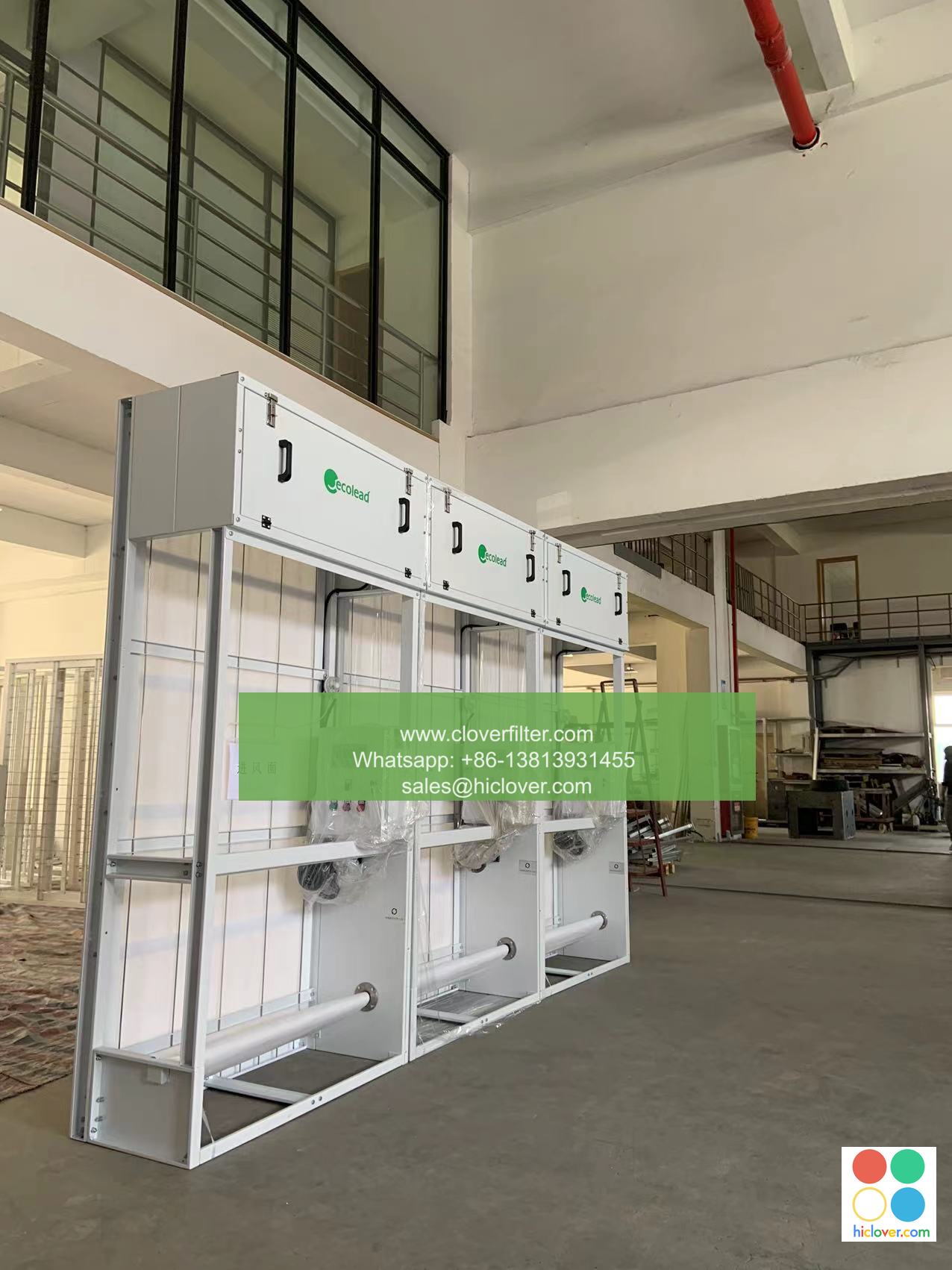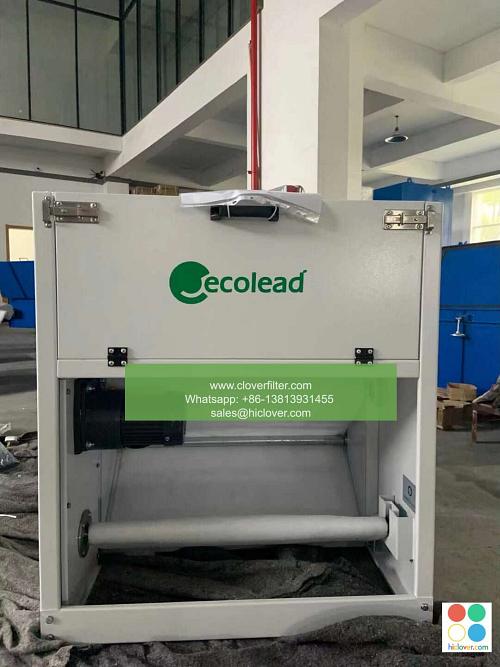Air Filtration Technology

Air filtration technology has become an essential component in maintaining indoor air quality, particularly in the wake of increasing air pollution levels and growing concerns about public health. The technology involves the use of air purification systems to remove pollutants, particulate matter, and other airborne contaminants from the air, thereby providing a healthier and more comfortable environment for occupants.
Key Components of Air Filtration Technology
The effectiveness of air filtration technology depends on several key components, including HEPA filters, activated carbon filters, and UV light disinfection. HEPA filters are designed to capture 99.97% of particles as small as 0.3 microns, making them an excellent choice for removing dust, pollen, and other airborne allergens. Activated carbon filters, on the other hand, are effective in removing gases, odors, and volatile organic compounds (VOCs) from the air. UV light disinfection is a technology that uses ultraviolet light to kill bacteria, viruses, and other microorganisms, providing an additional layer of protection against airborne pathogens.
Application Areas of Air Filtration Technology
Air filtration technology has a wide range of applications across various industries, including:
* Industrial air filtration: Air filtration systems are used in industrial settings to remove pollutants and particulate matter from the air, improving worker health and safety.
* Commercial air filtration: Air filtration systems are used in commercial buildings, such as offices, restaurants, and shopping centers, to provide a healthy and comfortable environment for occupants.
* Residential air filtration: Air filtration systems are used in homes to remove airborne contaminants, such as dust, pollen, and pet dander, and to provide relief from allergies and asthma.
* Medical air filtration: Air filtration systems are used in healthcare settings, such as hospitals and clinics, to remove airborne pathogens and provide a sterile environment for patients.
* Transportation air filtration: Air filtration systems are used in vehicles, such as cars, buses, and trains, to provide a healthy and comfortable environment for passengers.
Benefits of Air Filtration Technology
The benefits of air filtration technology are numerous, including:
* Improved indoor air quality: Air filtration systems remove airborne contaminants, providing a healthier and more comfortable environment for occupants.
* Reduced allergy and asthma symptoms: Air filtration systems can remove allergens and irritants from the air, providing relief from allergy and asthma symptoms.
* Increased energy efficiency: Air filtration systems can help reduce energy consumption by removing airborne contaminants that can damage heating and cooling systems.
* Extended equipment life: Air filtration systems can help extend the life of equipment, such as HVAC systems, by removing airborne contaminants that can damage components.
Future Developments in Air Filtration Technology
The future of air filtration technology looks promising, with several emerging trends and technologies expected to shape the industry. Some of the key developments include:
* Nanotechnology-based air filtration: Nanotechnology is being used to develop more efficient and effective air filtration systems, capable of removing even the smallest airborne contaminants.
* Smart air filtration systems: Smart air filtration systems use sensors and AI technology to monitor and adjust air filtration levels in real-time, providing optimized performance and energy efficiency.
* Green air filtration technologies: Green air filtration technologies, such as botanical air purification systems, are being developed to provide a more sustainable and environmentally friendly alternative to traditional air filtration systems.
In conclusion, air filtration technology is a vital component in maintaining indoor air quality, and its applications are diverse and widespread. As the technology continues to evolve, we can expect to see even more effective and efficient air filtration systems, capable of providing a healthier and more comfortable environment for occupants.

